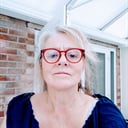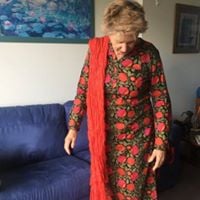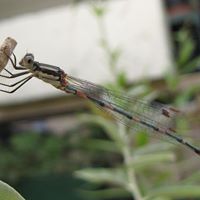What is shellac?
Shellac is a resin secreted by the female lac bug, on trees in the forests of India and Thailand. It is processed and sold as dry flakes (pictured) and dissolved in alcohol to make liquid shellac, which is used as a brush-on colorant, food glaze and wood finish. Shellac functions as a tough natural primer, sanding sealant, tannin-blocker, odour-blocker, stain, and high-gloss varnish. Shellac was once used in electrical applications as it possesses good insulation qualities and it seals out moisture. Phonograph and 78 rpm gramophone records were made of it until they were replaced by vinyl long-playing records from the 1950s onwards.
From the time it replaced oil and wax finishes in the 19th century, shellac was one of the dominant wood finishes in the western world until it was largely replaced by nitrocellulose lacquer in the 1920s and 1930s.
Shellac comes in many warm colours, ranging from a very light blonde ("platina") to a very dark brown ("garnet"), with many varieties of brown, yellow, orange and red in between. The colour is influenced by the sap of the tree the lac bug is living on and by the time of harvest. Historically, the most commonly sold shellac is called "orange shellac", and was used extensively as a combination stain and protectant for wood panelling and cabinetry in the 20th century.
More Info:
en.wikipedia.org






